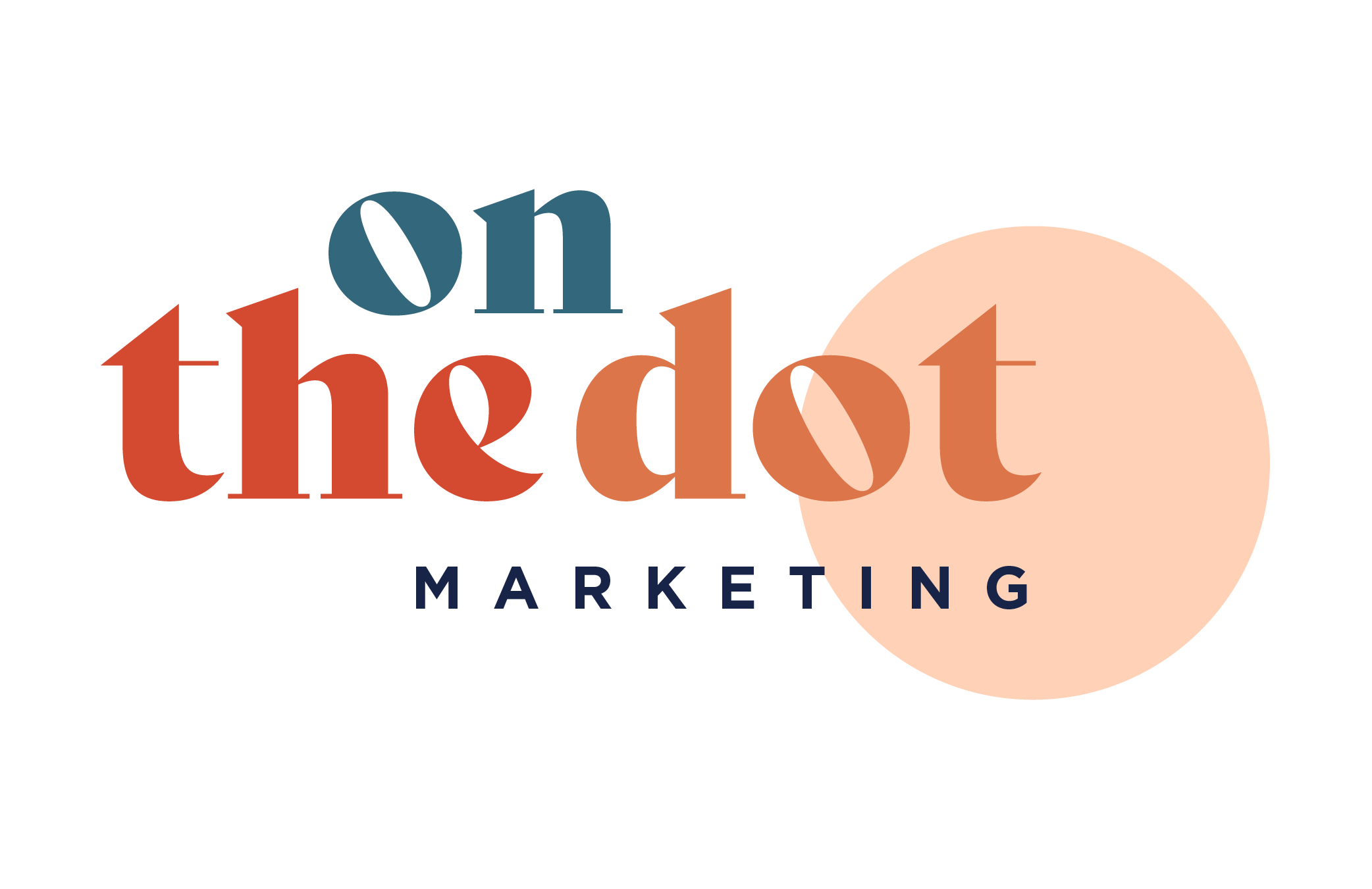Email marketing may not sound like the most integral element of your marketing plan, but its effectiveness is second to none. Not only does email marketing generate awareness of your organisation, but it is also effective in nurturing customer relationships to create leads. This blog provides a quick, whistle-stop tour of email marketing to show how it has gone from a thing of curiosity to a dominant tool within the marketing industry that can provide a ROI of 4400%*. As email usage is only set to rise, email marketing should definitely not be slept on!
However, before you start your email marketing strategy it is important that we set out the GDPR regulations which you must adhere to. Here, you must only email those who have opted in to receive them – whether that’s through a tick-box when they purchased from you, or if they signed up to your mailing list on your website. Once you have established who you can email, it is important that you must not conceal who you are in your communications, likewise, there should be a clear and easy way for subscribers to opt out from receiving these emails. Note that email marketing isn’t something which is limited to B2C markets, rather B2B industries can reap its benefits also. Here, it is possible to build your email list from your current and previous clients, suppliers, partners and associates but it’s sensible to consult a market expert before embarking on this to ensure that you are compliant to these legal requirements.
Now the legal stuff is over, it would be a good idea to talk about the common types of emails which you can use in your strategy. In general, emails fall into one of three categories – triggered (sometimes referred to as autoresponder) and newsletters.





